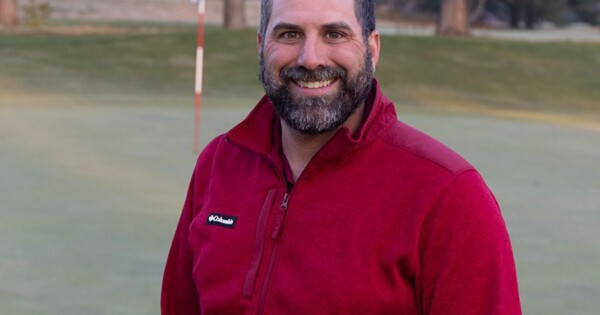Syngenta: Turf Application on Target
Poor turf application is often responsible for the inferior performance of plant protection products. This presentation will emphasize the importance of correct sprayer setup and calibration for the optimal application and performance. Luke will make recommendations to help you determine what nozzle, pressure, and water volume will best fit your operation.
Turf Science Live is an exciting event showcasing the latest research and technological innovations in turf agronomy. Turf Science Live is a practical hands-on opportunity to interact with leading specialists in many aspects of turf management that will demonstrate techniques that can be used to improve conditions at your course.
Transcription
As a Turf Industry we spend a lot of time on the products we use, applying them at the right, the intervals, the programs that sometimes we actually forget to look at the way we are applying them and a nozzle, water volume or maybe the pressure that we use. Today we focused on how we put those three components together. The interesting things about nozzles is that we have some new technology that has come out recently in the last few years that really allows us as turf managers to better apply those products. Before we used to be concerned more about things like drift and clogging but now we can actually avoid drift and avoid clogging using nozzles that really makes our products perform. And so today we focused on finding those nozzles and the one that seems to make the most sense for turf is air induction nozzles. As most turf managers know, we are trying to put several things in a tank and making those all perform and this nozzle seems to make the most difference. As far as water volume is concerned, one of the concerns that turf mangers have is time and the more water volume they use, the more time it takes to make that application, the more tanks they have to fill up. So one of the focuses of the program today was to look at nozzles that could maybe could decrease the water volume to a point that would still allow the product to perform and again that points back to using the correct nozzle to get that coverage that maybe will lower water volume so you can maximize your use of time. Then the last thing is pressure and this is something that is not focused on very often. It used to be that we would generally feel that we needed to reduce the pressure to reduce drift. Unfortunately that may affect the performance of the materials we use in a fashion where we are not getting the canopy penetration that we would like to have. So with the newer nozzles we can use higher pressures that allow that product to, especially if it is systemic or if we are targeting something that needs to be applied to the soil, it can be something that can penetrate the canopy and we get to maximize performance of all our materials.


